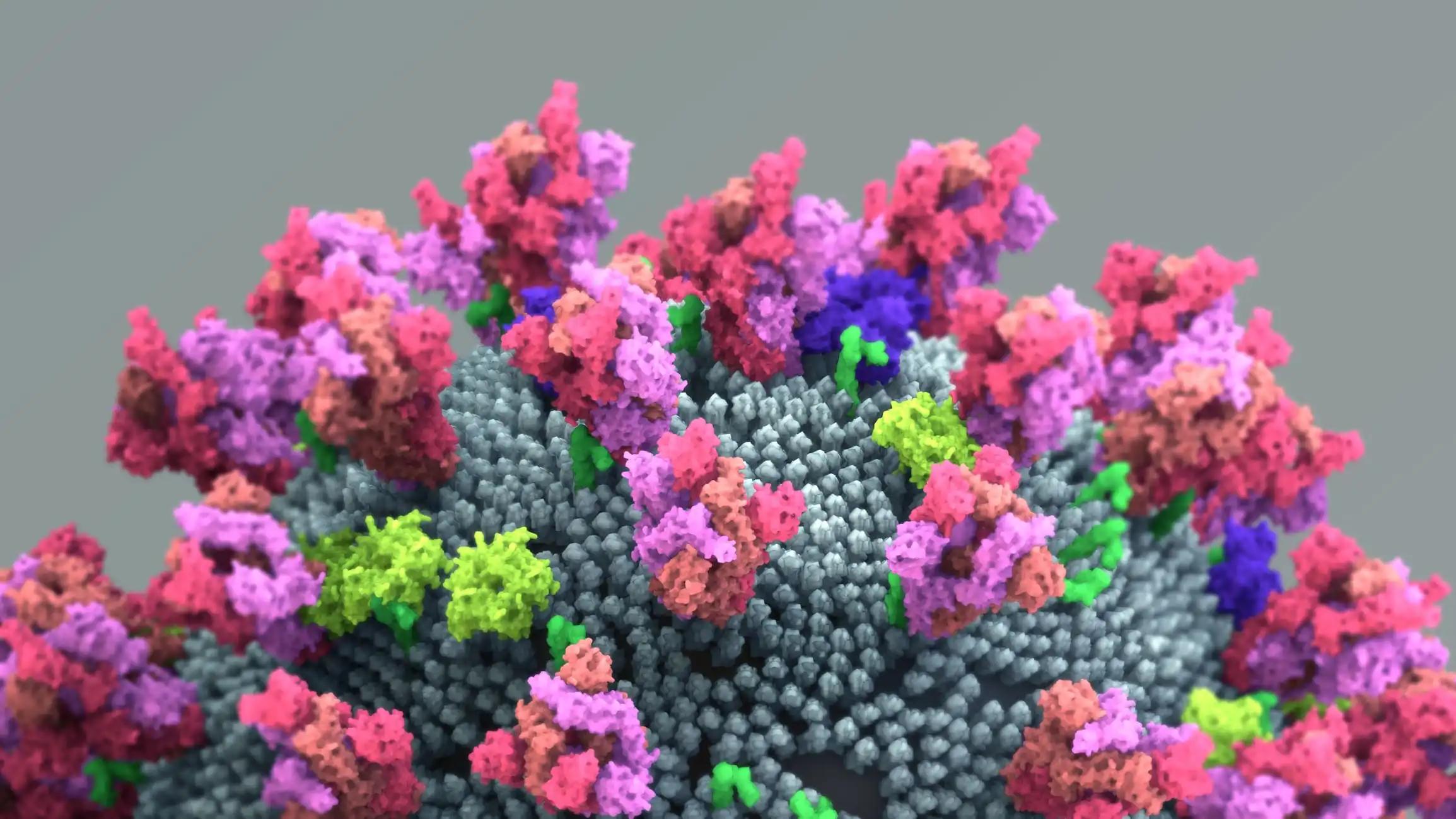KEY TAKEAWAYS
- The phase I trial aimed to assess the safety and tolerability of pevonedistat plus belinostat in R/R AML/MDS.
- The primary endpoint was to identify MTD/RP2D. Secondary endpoints include toxicity, efficacy, PK, and PD.
- The study found that pevonedistat plus belinostat was safe and has modest activity in R/R AML, which may be effective as a bridge to transplant.
Acute myeloid leukemia(AML) is deadly, especially when it returns or doesn’t respond to treatment. New treatments are needed to target cancer cells and improve patient outcomes. Researchers aimed to assess the safety and tolerability of pevonedistat plus belinostat in relapsed/refractory(R/R) (AML)/myelodysplastic syndrome (MDS).
The study used a 3+3 design was conducted to evaluate the safety and tolerance of combining pevonedistat plus belinostat. [Beliniostat (D1-5)] and Pevonedistat(D1,3,5) were given in a 21-day cycle until disease progression or unacceptable toxicity. The primary endpoint was to determine the maximum tolerated/recommended phase 2 dose (MTD/RP2D). Secondary endpoints include assessing toxicity, effectiveness, pharmacokinetic(PK) interactions, and pharmacodynamic(PD) studies.
About 18 pts (67% female; median age 67.5, ranging from 41 to 74), where 16 of them had AML, treatments were administered across 5 different dose levels (belinostat 800-1000mg/m2, pevonedistat 20-50mg/m2) without observing any dose-limiting toxicities(DLTs). On average, patients(pts) had undergone 3 prior lines of therapy. Most Grade 3 or 4 toxicities were related to hematologic issues. The maximum number of treatment cycles reached was 8. The best response was stable disease in 4 pts and complete remission (CR) in one patient. The remaining pts either experienced progressive disease or could not be evaluated. The most common reason for treatment discontinuation was disease progression (67%), while 11% ended treatment according to protocol criteria, 6% pursued alternative therapy, and 6% discontinued due to side effects. The patient who achieved CR was a 54-year-old female with BRAF and TET2 mutations who had been primarily unresponsive to 7+3 therapy and did not respond to second-line azacitidine and venetoclax. Following CR, she underwent allogeneic stem cell transplantation and has remained in remission for 2 years with ongoing follow-up.
The study found that pevonedistat plus belinostat is safe and has modest activity in R/R AML, which may be effective as a bridge to transplant.
Source: https://ascopubs.org/doi/abs/10.1200/JCO.2023.41.16_suppl.e19015#:~:text=
Clinical Trial: https://classic.clinicaltrials.gov/ct2/show/NCT03772925
Keri Renee Maher, Danielle Schafer, Dale Schaar, Roy Sabo, Dipankar Bandyopadhyay, and Steven Grant. DOI: 10.1200/JCO.2023.41.16_suppl.e19015 Journal of Clinical Oncology 41, no. 16_suppl (June 01, 2023) e19015-e19015.



